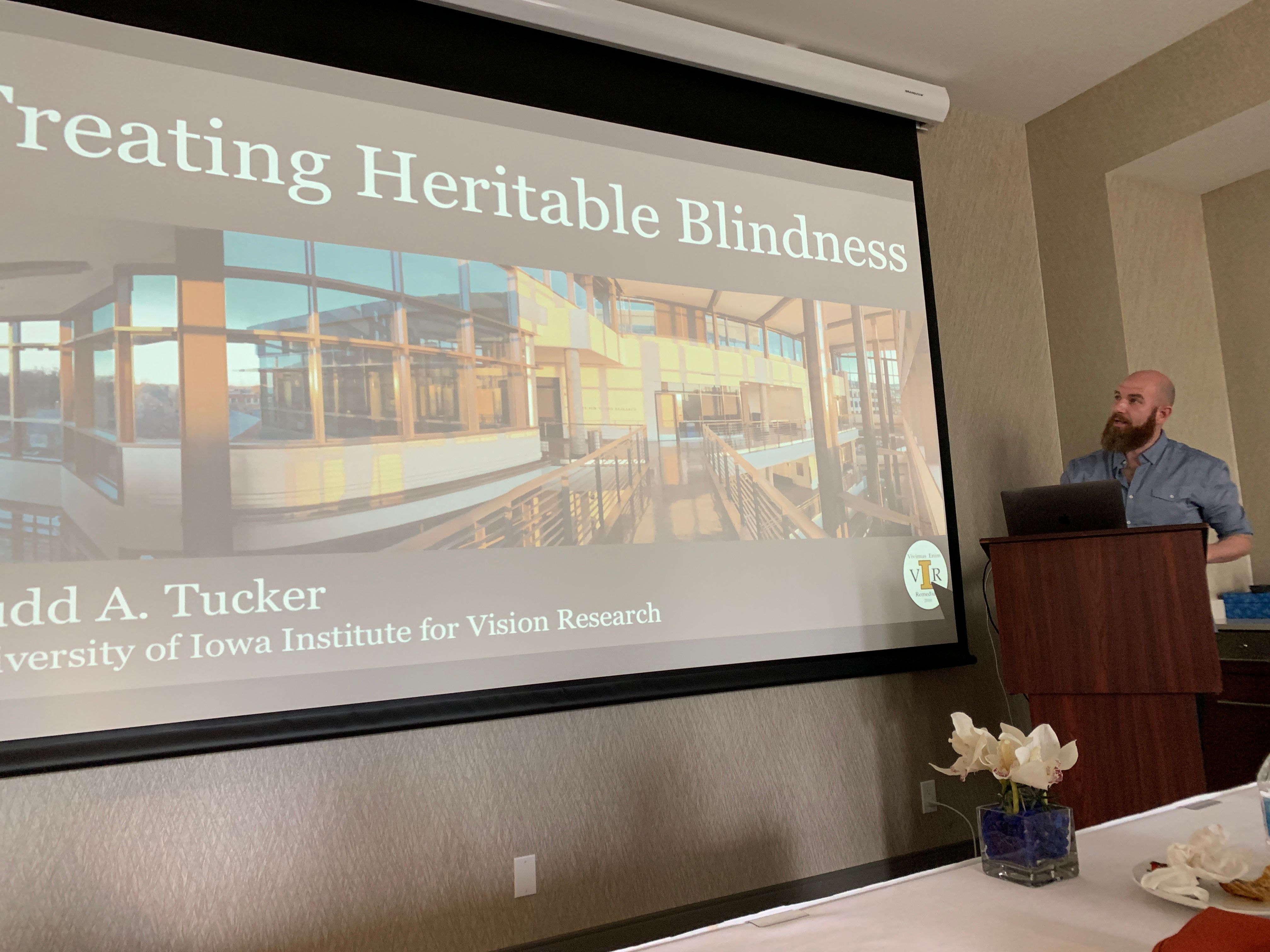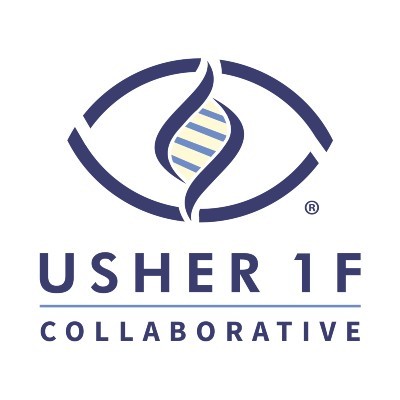
Our second Usher 1F researchers meeting was an exciting event. On May 2, 2019, nine researchers, two pharmaceutical company representatives, and seven parents gathered to hear updates on research for a cure for the vision loss of Usher 1F. Highlights of the research presentations include:
· Our zebrafish Usher 1F model from Dr. Monte Westerfield’s lab at the University of Oregon is complete, and collaboration is beginning to test drugs and gene therapies for efficacy. In particular, Dr. David Corey of Harvard Medical School has developed mini genes to be tested on our zebrafish.
· Our mouse model is complete, and Dr. Zubair Ahmed at the University of Maryland will soon begin testing for efficacy split genes that Dr. Livia Carvalho developed in her lab at the University of Western Australia.
· Dr. Leah Byrne at the University of Pittsburgh came on board at the beginning of 2019, and she has begun developing a split gene as well using a unique approach she has developed. Dr. Byrne’s split gene constructs will also be tested in our mouse model at the University of Maryland. Drs. Byrne and Carvalho met at our meeting and are now excited to collaborate, which will speed the pace of work.
· Dr. Budd Tucker of the University of Iowa presented the Institute of Vision Research’s stem cell therapy research. They have been preparing data for the FDA and anticipate submitting shortly for approval to begin a clinical trial.
· Dr. Alex Hewitt of the Centre for Eye Research Australia presented his work on using David Liu’s pioneering base editing approach for Usher 1F. His work has been funded by a very generous grant from the Australian government.
· Eloxx Pharmaceuticals has drug compounds that are applicable to Usher 1F. Their representative met with Drs. Westerfield and Ahmed and is working to obtain these compounds for them to test on our animal models.
· A representative from Oxford Biomedica also attended the meeting. This is the company that developed the gene replacement for Usher 1B. While they are interested in Usher 1F, we will first need a natural history study, that is documentation from testing on patients with Usher 1F of the natural progression of vision loss over time to be used as a basis of comparison. We are working to obtain this data.
All the meeting attendees came away feeling excited and hopeful, with the researchers asking us to convene another meeting again in conjunction with the international Association for Research in Vision and Ophthalmology (ARVO) conference in the spring of 2020.

